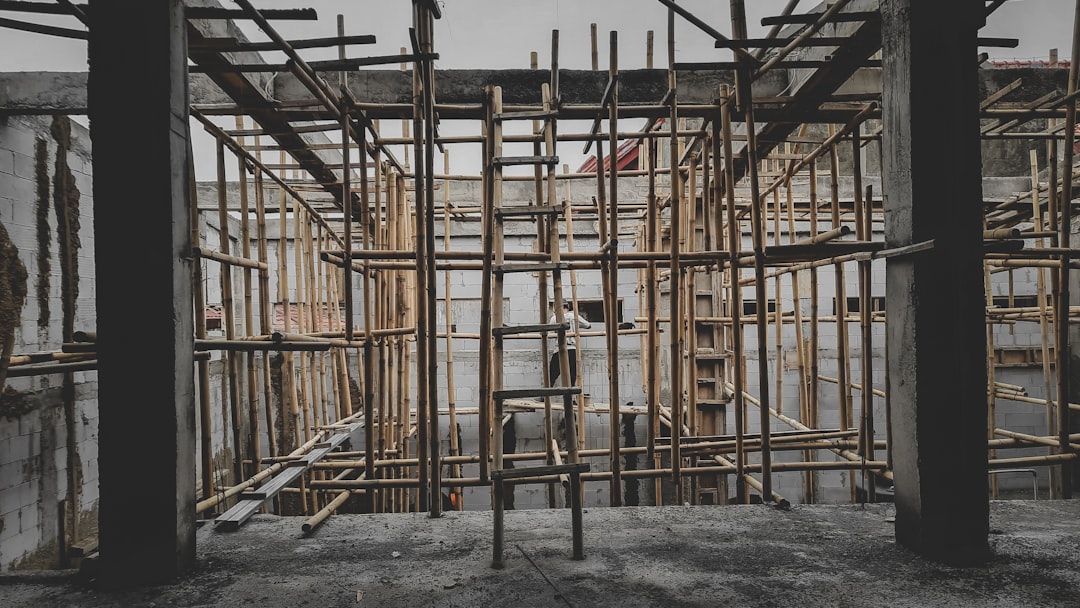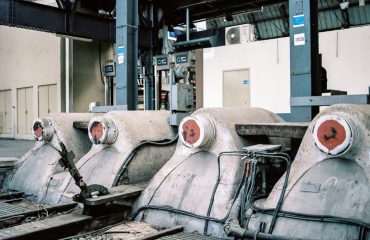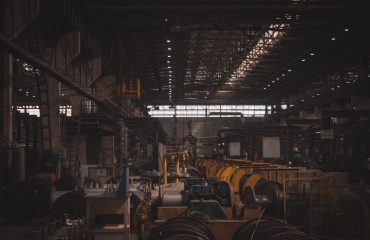body {
font-family: sans-serif;
line-height: 1.6;
}
h1, h2, h3 {
color: #333;
}
img {
max-width: 100%;
height: auto;
}
Scaffolding is an indispensable part of modern construction, providing temporary support for workers and materials at heights. At the heart of most scaffolding systems lie scaffolding pipes – the robust, versatile tubes that form the skeletal framework. This comprehensive guide delves into the crucial role of scaffolding pipes in construction, exploring their types, applications, safety considerations, and the regulations governing their use.
Types of Scaffolding Pipes Used in Construction
Scaffolding pipes are typically made from high-strength steel, chosen for its durability, resistance to bending and compression, and ability to withstand significant loads. Several types exist, each suited to specific needs:
- Standard Scaffolding Pipes: These are the most common type, generally conforming to industry standards in terms of diameter and wall thickness. They are readily available and relatively inexpensive.
- Galvanized Scaffolding Pipes: Offering superior corrosion resistance, galvanized pipes are treated with a zinc coating, extending their lifespan, especially in outdoor environments or areas with high humidity.
- Black Scaffolding Pipes: These pipes lack the protective zinc coating of galvanized pipes and are therefore more susceptible to rust. They are usually cheaper but require more frequent inspections and maintenance.
- Alloy Steel Scaffolding Pipes: For particularly demanding applications, such as those involving heavy loads or extreme weather conditions, alloy steel pipes offer enhanced strength and durability.
The choice of pipe type depends on factors like project budget, environmental conditions, and the anticipated load.
Safe Erection and Dismantling of Scaffolding Pipes
The safe erection and dismantling of scaffolding is paramount. Improper handling can lead to serious accidents. Key aspects include:
- Proper Training: All personnel involved in scaffolding erection and dismantling must receive comprehensive training and certification.
- Detailed Plans: A detailed scaffolding plan, outlining the structure and procedures, is essential. This plan should account for all relevant safety regulations and site-specific considerations.
- Use of Proper Tools and Equipment: Using appropriate tools, such as pipe clamps, couplers, and base plates, is critical for secure connections.
- Regular Inspections: Regular inspections throughout the construction process are vital to identify and rectify any potential hazards.
- Safe Working Practices: Adhering to safe working practices, such as using fall protection equipment and ensuring proper access and egress, is crucial.
Ignoring these safety measures can result in collapses, injuries, and fatalities.
Common Applications of Scaffolding Pipes in Construction
Scaffolding pipes are utilized in a wide range of construction activities, including:
- Building Construction: Providing access for workers to high areas during the construction of buildings, bridges, and other structures.
- Maintenance and Repair: Facilitating access for maintenance and repair work on existing structures, such as buildings, bridges, and industrial facilities.
- Painting and Decorating: Offering stable platforms for painters and decorators working on high walls and ceilings.
- Industrial Applications: Supporting equipment and workers in industrial settings, such as power plants, refineries, and factories.
- Event Staging: Creating temporary structures for events, such as concerts and festivals.
Their adaptability makes them suitable for a diverse array of projects.
Regulations and Standards Governing Scaffolding Pipes
The use of scaffolding pipes is governed by strict regulations and standards designed to ensure safety. These regulations vary depending on location but generally cover aspects such as:
- Pipe Specifications: Standards define the required dimensions, material properties, and tolerances for scaffolding pipes.
- Erection Procedures: Regulations outline safe procedures for erecting, using, and dismantling scaffolding structures.
- Inspection and Maintenance: Standards mandate regular inspections and maintenance to identify and address potential hazards.
- Load Capacity: Regulations specify the maximum load that scaffolding structures can safely support.
- Fall Protection: Standards require the implementation of appropriate fall protection measures to safeguard workers.
Contractors and workers must be familiar with and comply with all relevant regulations and standards to ensure a safe working environment.
Maintenance and Inspection of Scaffolding Pipes
Regular maintenance and inspection are crucial for ensuring the longevity and safety of scaffolding pipes. This includes:
- Visual Inspection: Regularly inspect pipes for signs of damage, such as dents, cracks, or corrosion.
- Testing: Periodically test pipes to ensure they meet the required strength and load-bearing capacity.
- Cleaning: Clean pipes regularly to remove dirt, debris, and other contaminants that could compromise their integrity.
- Repair or Replacement: Damaged or worn-out pipes should be promptly repaired or replaced.
- Storage: Proper storage of pipes when not in use is also important to prevent damage.
A proactive maintenance program can significantly reduce the risk of accidents and extend the lifespan of scaffolding pipes.
In conclusion, scaffolding pipes are fundamental to safe and efficient construction practices. Understanding their types, applications, safety regulations, and maintenance requirements is critical for all those involved in the construction industry.
SEO Tags: scaffolding pipes, construction scaffolding, scaffolding safety, scaffolding regulations, scaffolding maintenance




